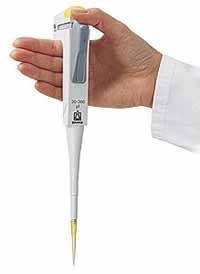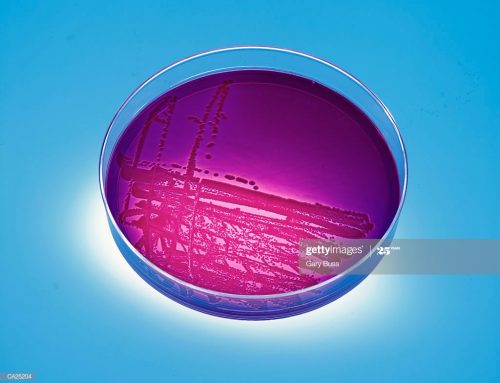Making dilutions is an everyday thing when analyzing environmental samples. It’s either diluting salt water samples by 10 because they have such a high ion content they suppress the plasma and cause internal standards to drop too low or diluting sediment samples because it takes more acid to digest them than is in the calibration standards.

Before entering into environmental analytical chemistry I would say to make a 1000 fold dilution, add 1000mL to 1 mL of what you’re trying to dilute. But that’s wrong, you add 999mL to 1mL of what you’re trying to dilute. Reason is, it’s already diluted once. If you start with pure copper for example, and stuck it in a beaker, then you would have to add 1000mL to dilute it 1000 fold. But if the copper is already dissolved in 1mL, then you would have to add 999mL to dilute to 1000 fold. I’m pretty sure you typically don’t see pure metals, sitting around an environmental chemistry laboratory waiting to be dissolved into standards. It’s much easier and cost effective to buy the metals already dissolved in water in nice, guaranteed concentrations, like 10,000ppm.






